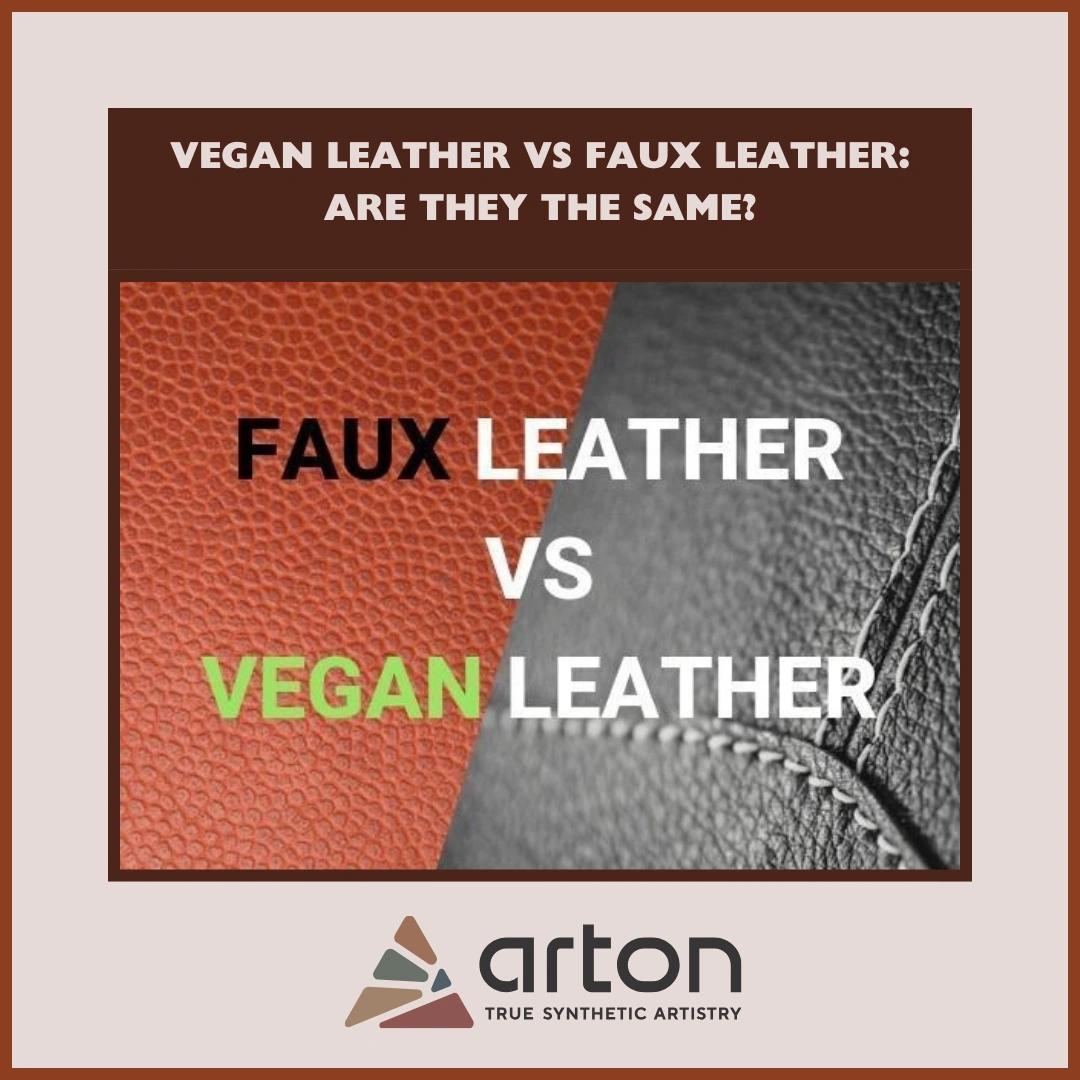04 September, 2025
The fashion industry is evolving with product origins and manufacturing processes becoming a factor of weighting consideration among the consumers. One of the affected industries is the leather industry. With the increased concerns relating to animal welfare and environmental sustainability, leather alternatives are gaining prominence. Luxury fashion brands, as well as everyday shopping brands, are now selling products created with vegan or faux leather.
However, this is where most people get confused because shoppers come across such terms and ask: Is vegan leather and faux leather the same? Although these are similar concepts, they are not always synonymous.
In this guide, we take a closer look at the differences between faux leather and vegan leather, their misconception and its actual dissimilarities in the real world. By end, you will be clear on which suits your values; be it sustainability, cost, or durability.
What is Vegan Leather?
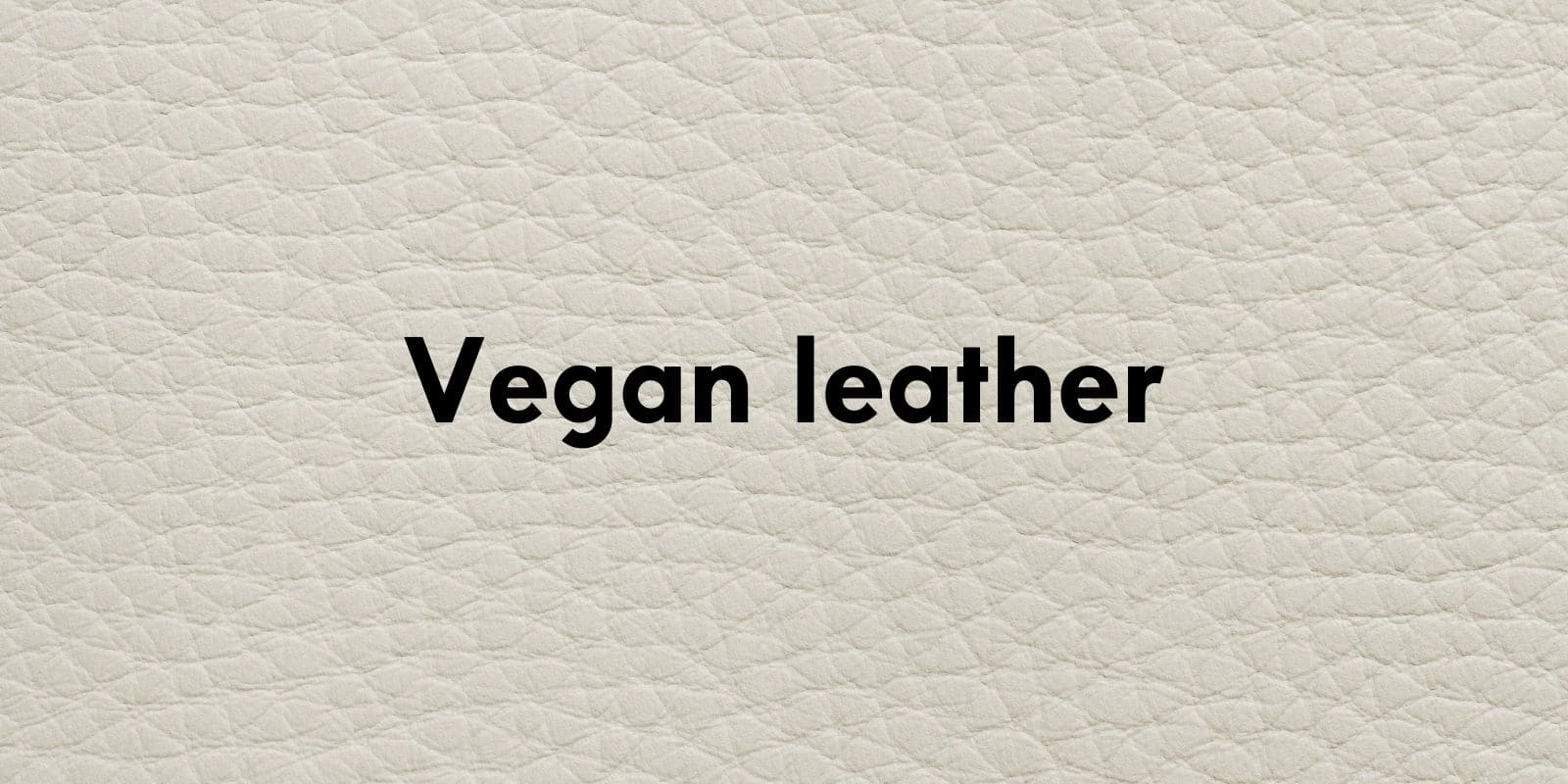
Vegan leather is a general name which is used to refer to any type of leather which is not composed of animal skin. In comparison to classic leather production which involves animal hide and a lot of chemicals processing, vegan leather is a more environmental and fair-trade approach.
Materials Used in Vegan Leather
-
Plant-Based Materials
-
Piinetex (using pineapple leaves)
-
Mushroom leather (mushroom mycelium)
-
Cork leather (obtained by cork oaks, which are not damaged in the process)
-
Apple leather (using waste products of the apple industry)
-
cactus leather (made out of prickly pear plants)
Vegan Leather Material Process
-
Synthetic path: similar PU or PVC leather.
-
Plant-based path: biomass (pineapple fiber, fungus, cork, apple peel, cactus) molded with natural binders.
-
Vegan leather suppliers are increasingly experimenting with eco-friendly formulas to reduce plastic.
Benefits of Vegan Leather
-
Eco-Friendly: A lot of the choices are degradable or recyclable and cut down on landfill.
-
Cruelty-Free: No use of animals so is suitable to ethical consumers.
-
High-End Adoption: Top fashion companies are making an increasingly greater usage of plant-based leather in stylish equipment, shoes, and accessories.
Vegan leather products are now trending with a sleek range of materials, models, and designs to suit the taste of every customer.
What is Faux Leather?
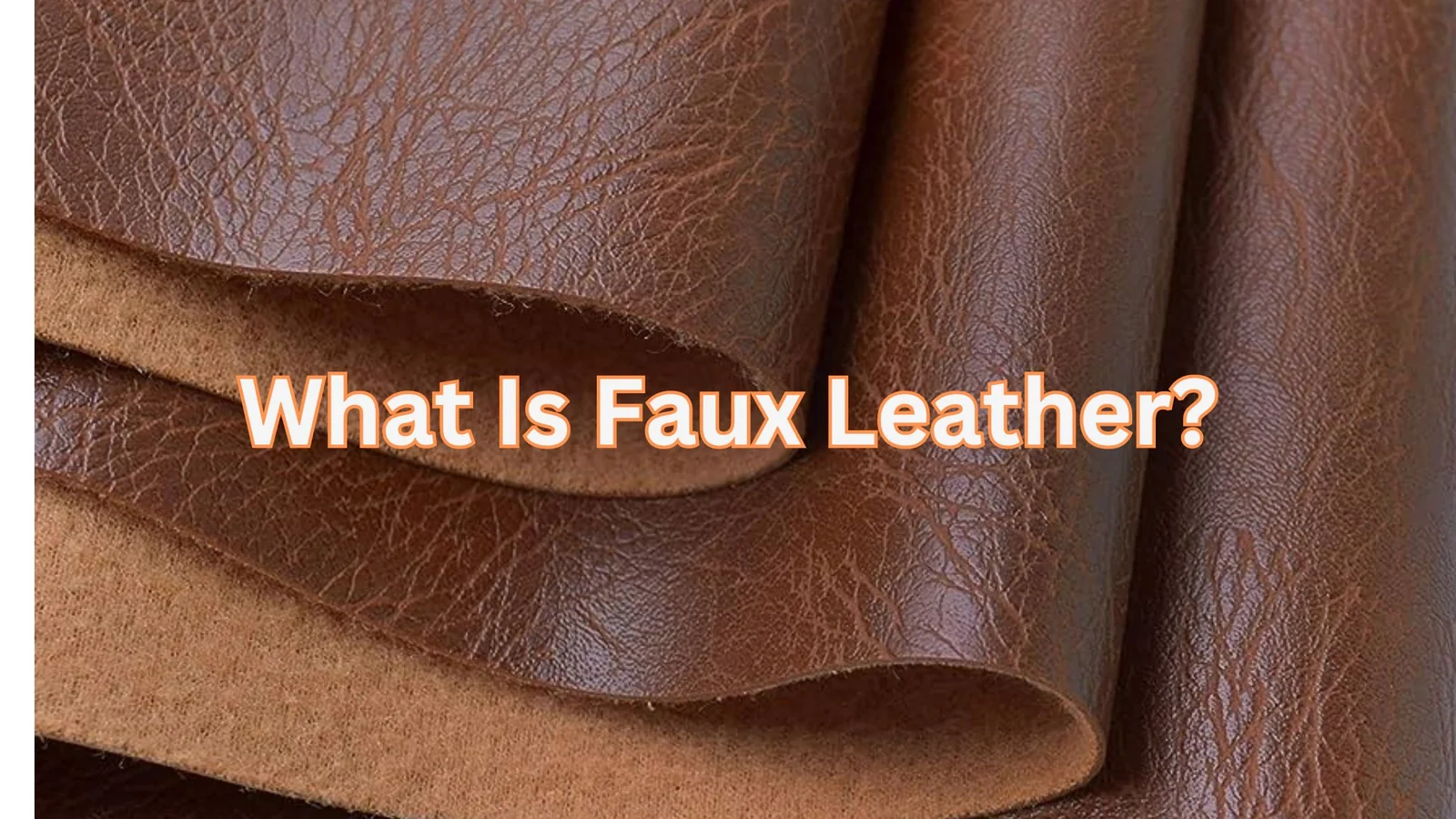
Faux leather also called synthetic leather, artificial leather or fake leather is a fabrication specifically made by use of plastic-based materials including polyurethane (PU) or polyvinyl chloride (PVC).
Characteristics of Faux Leather
-
Durability: it is more stain-resistant and easier to clean, so it is popular in furniture and automotive interiors.
-
Aesthetics: May appear almost indistinguishable to a real-life leather, but it is not always soft and breathable.
-
Price: Much less expensive than real leather or artificial plant-based leather.
-
Broad Color & Finish Offerings: Fully covered by the entire rainbow of colors and finishes, including traditional brown faux leather sofas to vibrant red faux leather jackets or printed faux leather bags.
Faux Leather Material Process
-
leatherette fabric base (polyester or cotton)
-
Coated with PVC or PU
-
Designed to mimic real leather’s grain and texture
Vegan Leather vs Faux Leather: Are They Really the Same?
Here’s where most people get confused. The terms are often used interchangeably, but there is a subtle difference.
-
Faux leather is a subcategory of vegan leather because it avoids animal skin and relies on synthetics.
-
Vegan leather, on the other hand, has a broader scope. It may refer to the same synthetic leather (PU/PVC) but can also incorporate plant based leather and newer sustainable innovations.
So while all faux leather is vegan, not all vegan leather is faux leather. A cactus-based handbag qualifies as vegan leather but not necessarily as faux leather.
Key Differences Between Vegan Leather and Faux Leather
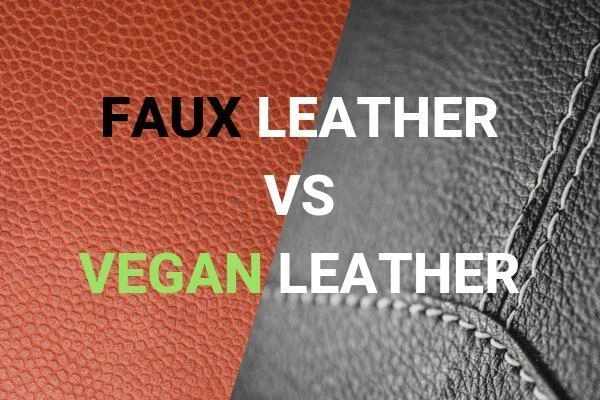
Here’s where the distinction matters most:
1. Material Composition
Vegan Leather: Can be made from plant-based materials like pineapple fiber, mushroom mycelium, or cork. Also includes some synthetic versions, but not always.
Faux Leather: Strictly synthetic—always derived from plastic-based materials such as PVC or PU.
2. Environmental Impact
Vegan Leather: Plant-based versions have lower environmental impact and can decompose naturally. Production often uses fewer chemicals.
Faux Leather: Plastic-heavy and harmful for the environment, contributing to microplastic pollution and high carbon emissions.
3. Durability
Vegan Leather: Durability depends on the material. Some plant-based leathers are sturdy, while others still lack the resilience of real leather.
Faux Leather: Known for short-term durability but vulnerable to peeling and cracking over time.
4. Cost
Vegan Leather: Often more expensive due to sustainable production methods and limited supply chains.
Faux Leather: Generally cheaper and widely available, making it common in mass-market fashion and furniture.
Applications in Fashion and Beyond
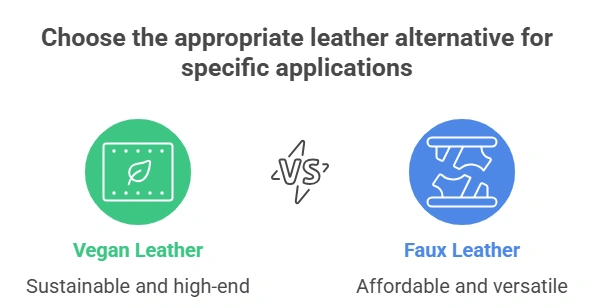
Both vegan leather and faux leather have broad applications across industries, each serving unique segments.
Vegan Leather Applications
-
High-End Fashion: Luxury brands are incorporating cactus leather and mushroom leather into handbags and shoes.
-
Accessories: Belts, wallets, and fashion-forward items targeted at eco-conscious consumers.
-
Furniture: Though more costly, sustainable vegan leather options are entering the interior design space.
Faux Leather Applications
-
Affordable Fashion: From jackets to handbags, faux leather remains a budget-friendly option.
-
Furniture Upholstery: Faux leather sofas, chairs, and car interiors are common due to durability and ease of cleaning.
-
Decor and DIY: Faux leather suppliers offer a wide variety of printed and colored options such as brown faux leather couches, white faux leather sneakers, red faux leather jackets, green faux leather bags, pink faux leather purses and more.
Conclusion
While vegan leather and faux leather are related, they’re not the same.
Faux leather: Always synthetic, cost-effective, widely available, but less sustainable.
Vegan leather: A broader term that can mean faux leather or innovative plant-based alternatives that offer both style and a lighter environmental footprint.
At Rock Uniquoters, we take pride in being a trusted manufacturer and supplier of high-quality faux leather, delivering durable, stylish, and versatile solutions that meet diverse industry needs. Our commitment is to provide materials that combine performance with design excellence, making them an ideal choice for brands and businesses seeking reliable leather alternatives.
FAQs (People Also Ask)
1. What’s better, vegan leather or faux leather?
Faux leather is generally better because it’s more durable, affordable, widely available, and easier to maintain compared to vegan leather, which can be less long-lasting and more expensive.
2. Is vegan leather 100% leather?
No, it’s not real leather, it’s synthetic or plant-based.
3. What are the downsides of vegan leather?
Less durable, can crack/peel, not breathable, and some types aren’t eco-friendly.
4. How long will vegan leather last?
Usually 2 to 5 years with good care.
5. Is faux leather real or fake?
Fake, it’s made from synthetic or artificial materials.
6. How long will faux leather last?
Faux leather usually lasts 5 to 7 years with proper care, though cheaper versions may wear out sooner.

